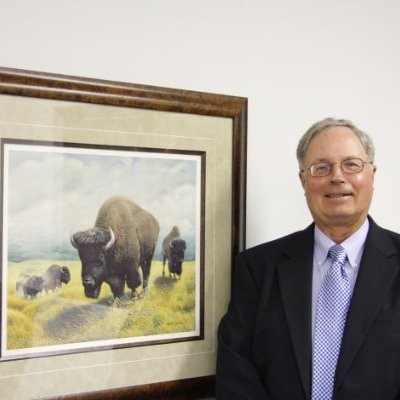
In the field of fire investigation, every trace of a gas leak could mean the difference between speculation and reality. David Heldenbrand, a civil and environmental engineer and fire investigator, has built his career on precision. As founder of Bison Engineering, Inc., Heldenbrand has spent the better part of 30 years deciphering the aftermath of destruction, gas leaks, carbon monoxide incidents, and explosions that leave behind questions only science can answer.
"Over the course of my career, I've collected an extensive amount of information on the subject of gas leaks," Heldenbrand says. Since 1988, he has been building a comprehensive dataset on gas migration and explosion behavior in North America.
Heldenbrand's professional career stands at the junction of engineering, investigation, and the legal system. He works with attorneys, insurance firms, and homeowners when they are faced with unfortunate accidents, a gas leak that ignites, a carbon monoxide buildup that turns harmful, or product and component failures. Along with finding the cause, his role also extends to explaining it in a manner that qualifies for court. "I'm not winning the cases myself, but I can certainly contribute with a lot of data to help attorneys win it," he adds.
Before establishing Bison Engineering, Heldenbrand was embedded in the construction and mechanical trades, grounding his engineering degree in real-world experience. Today, that hands-on understanding translates into investigations that aim to bring together technical rigor and professional insight. His company, based in Houston, specializes in forensic engineering and failure analysis, delving into the mechanics of natural gas and propane explosions, carbon monoxide poisonings, and soil gas migration leaks and explosions.
"There are many components that emerge during fires or gas leaks, where a labyrinth of different kinds of data might emerge," he explains. "If we don't look at the right data, improper conclusions could easily be made. That's what I strive to avoid; the key is to collect the right data, always."

Technology has been at the center of Heldenbrand's forensic investigation approach. By embracing computer graphics and 3D animation, his team develops 3D forensic graphics to provide visual understanding of complex machinery, graphical analysis of failures, site plans, and complex plant piping for pretrial hearings and courtroom presentations.
Bringing these dynamics to life in the courtroom, Heldenbrand's 3D figures can help translate complex testimony into something jurors can intuitively grasp. "We don't just draw up any 3D graphics and put them up on a screen," he explains. "We carefully examine the dimensions and the intricacies of what needs to be depicted, and we do it in a way that's relatable and believable."
These visuals, Heldenbrand notes, have become vital in cases where words alone fall short. A 3D model of a gas migration path or explosion pattern can help jurors visualize how unseen forces work, turning technical evidence into understanding. As Heldenbrand puts it, "It helps both sides of the story."
Beyond his casework, Heldenbrand has become an educator in the field, frequently presenting his findings to organizations. His upcoming presentation, How to Investigate an Underground Gas Leak Explosion (UGLE), is emblematic of his mission to turn forensic engineering into both a science and a safeguard.
"Ultimately," he says, "the goal is to reduce the incidents. I can't eliminate them, but I can reduce them." Where investigations often begin after the damage is done, Heldenbrand is setting a new paradigm by highlighting that understanding failures is the first step toward prevention. And through his analyses that depict what went wrong and how it can be stopped from happening again, he helps deliver proof.
© 2025 ScienceTimes.com All rights reserved. Do not reproduce without permission. The window to the world of Science Times.












